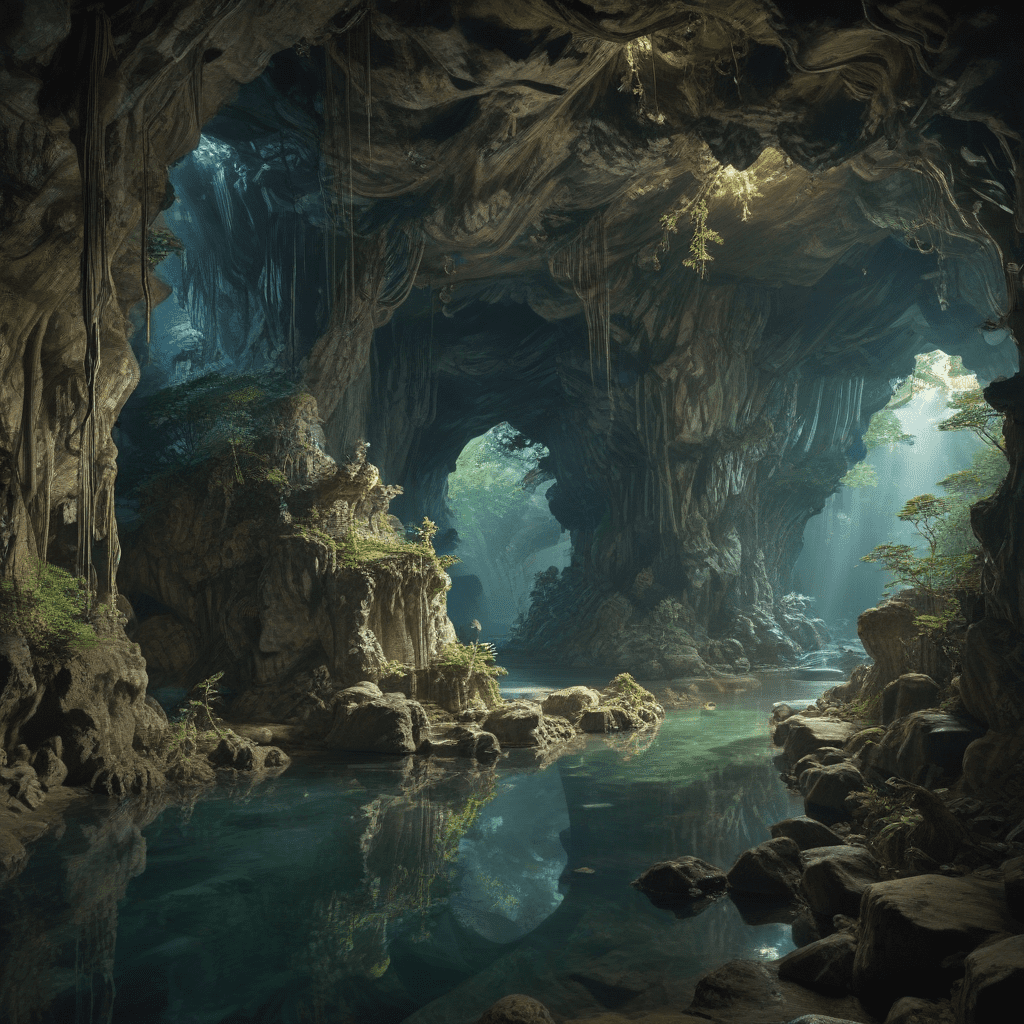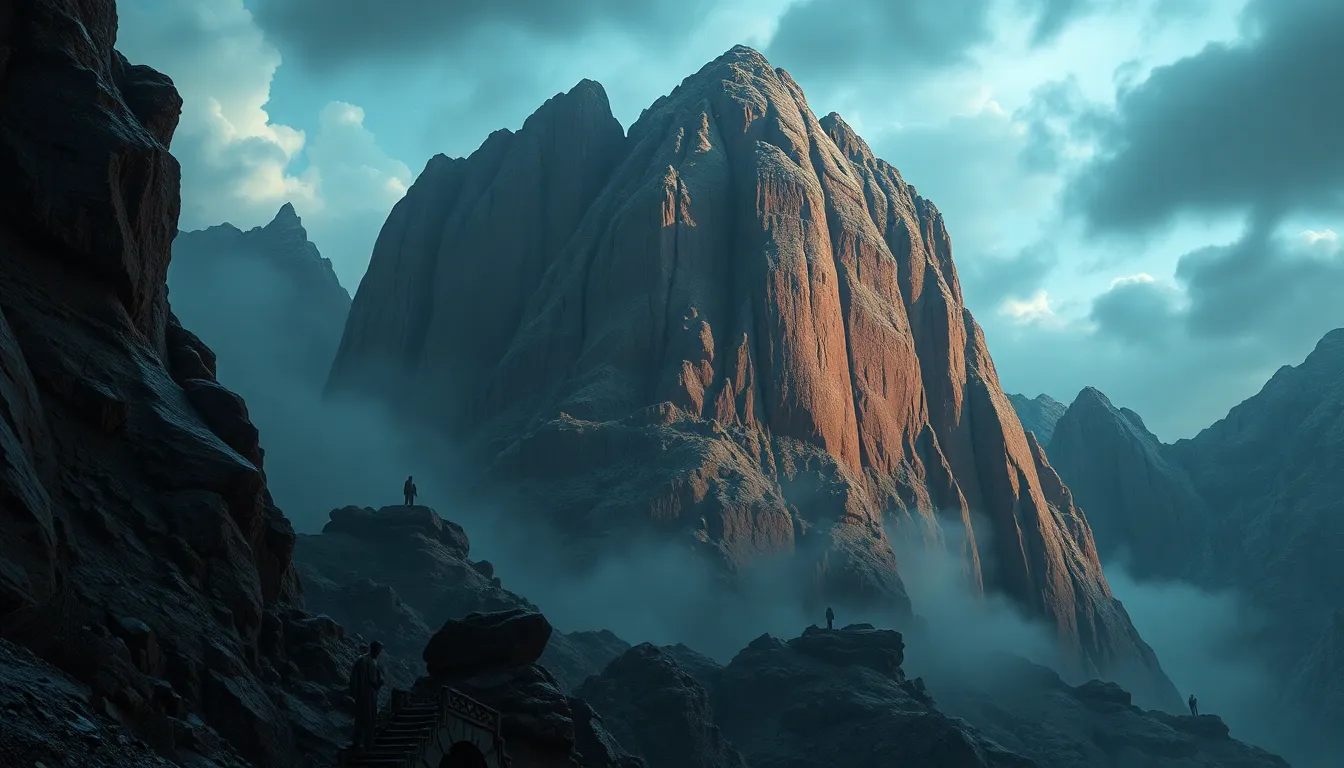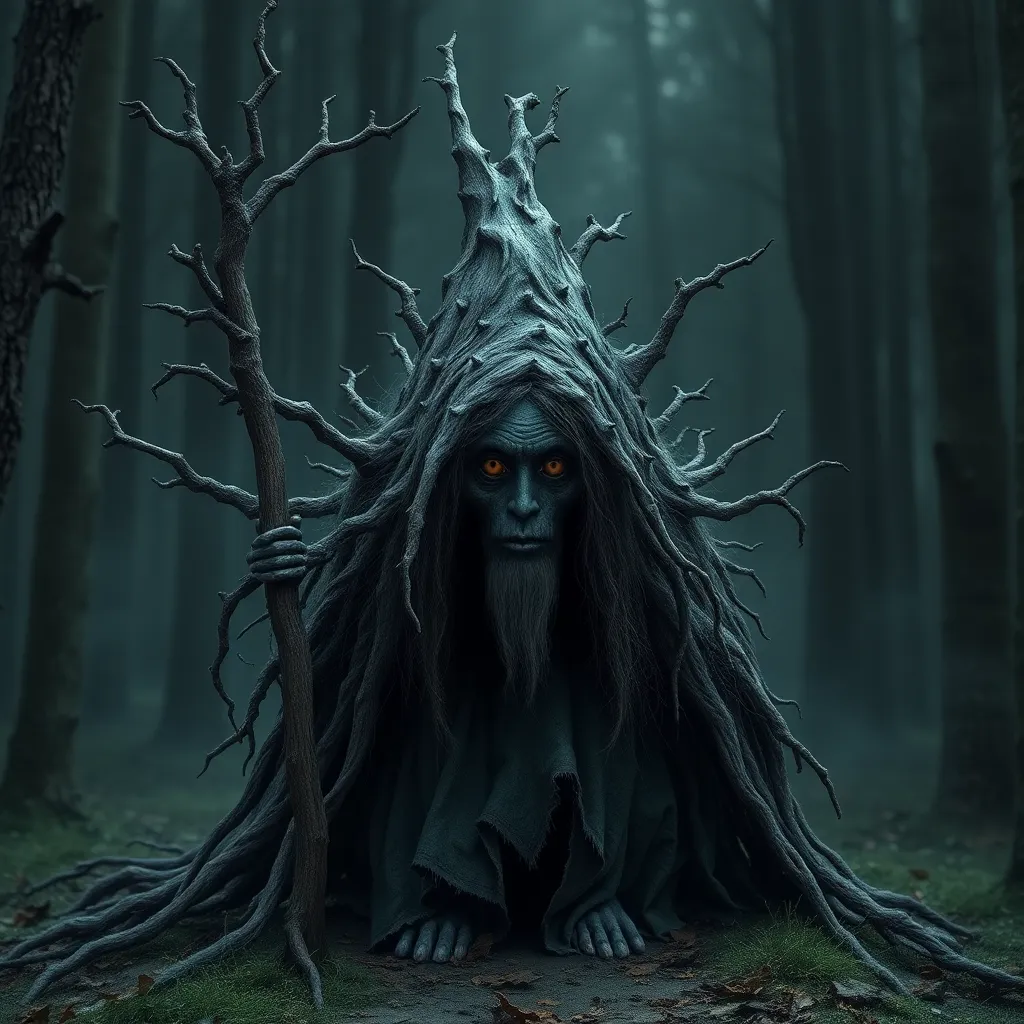The Enigmatic Amano-Iwato: The Heavenly Cave in Japanese Mythology
Introduction
Deep within the realms of Japanese mythology lies a tale of cosmic drama and divine intervention. The enigmatic Amano-Iwato, the Heavenly Cave, stands as a central stage in this captivating narrative, where the sun goddess, Amaterasu, retreats, plunging the world into darkness. This profound myth holds significant cultural and religious implications, shaping the Japanese worldview and providing insights into the beliefs and values of the ancient Japanese.
The Myth of Amano-Iwato
The myth of Amano-Iwato unfolds in the celestial realm of Japan's mythological past. It begins with the mischievous god Susano-o, who incurs the wrath of his sister, Amaterasu. Enraged by his actions, Amaterasu retreats into the Heavenly Cave, taking the light of the sun with her. The world is plunged into eternal darkness, causing distress and chaos among gods and humans alike.
Amaterasu's Retreat
The withdrawal of Amaterasu cast a profound impact on the world. All growth ceased, crops withered, and life force waned. The gods, recognizing the gravity of the situation, embarked on a desperate mission to lure Amaterasu out of her secluded cave. They gathered at the entrance of Amano-Iwato, devising a plan to tempt her back into the world.
The Darkness of the World
As the sun remained hidden, the world fell into a state of despair. The land became barren, unable to support life. The gods, once vibrant and powerful, grew weary and weakened without the light of Amaterasu. The darkness permeated all aspects of existence, threatening to extinguish the very essence of the world.



